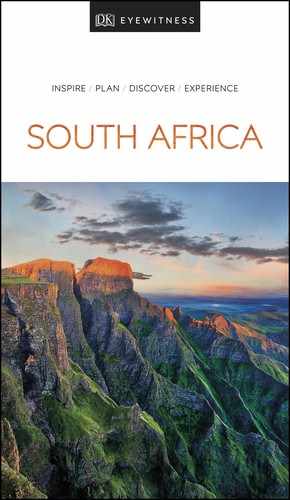Kwazulu-Natal

t The spectacular peaks of the Drakensberg range, a magnet for hikers
EXPERIENCE KwaZulu-Natal
Prior to the 19th century, what is now KwaZulu-Natal supported a scattering of small fiefdoms of Nguni-speaking pastoralists. That changed over the course of 1816–27, after an illegitimate prince called Shaka usurped the throne of the Zulu fiefdom to instigate an era of violent social turmoil and intertribal bloodshed remembered throughout Southern Africa as the Mfecane. Using innovative military tactics, Shaka had seized all of present-day KwaZulu-Natal by 1828, when he was assassinated by his half-brother and successor Dingane. Under Dingane, the Zulu Kingdom faced up to two new threats in the form of the British port of Durban, founded in 1824, and the arrival of the Boer Voortrekkers from the southwest. In December 1838, 3,000 spear-wielding Zulus were mowed down by Boer guns at the Battle of Blood River, a defeat that shook the kingdom to its core. An uneasy Anglo-Zulu truce followed, but it collapsed in 1879 when the Zulu army famously defeated the British army at Islandwana. Superior European firepower held sway thereafter, and by 1880 Zululand was effectively part of the British Empire. KwaZulu-Natal came into being in 1994, when the nominally independent homeland of KwaZulu was integrated into the province of Natal.
